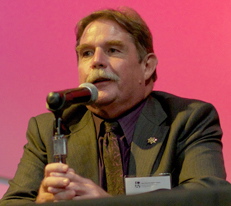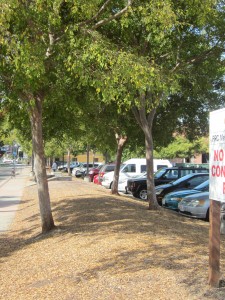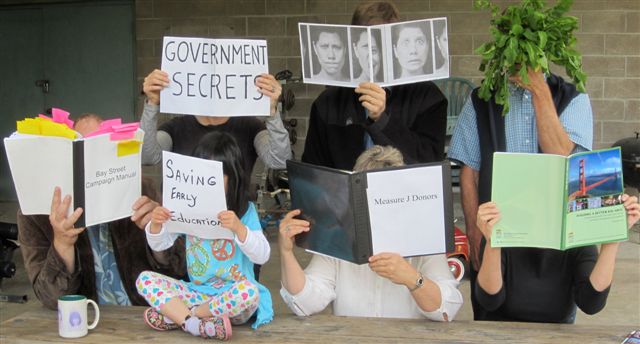Assemblymember Nancy Skinner Unveils Bill Designed to “restrict the bullets that are ravaging our communities.”
Reprinted from Berkeleyside
January 7, 2013
Assemblymember Nancy Skinner (D-Berkeley) today unveiled a bill to regulate the sale of ammunition, and said it was time buying bullets required the same scrutiny as buying guns.
Skinner, D-Berkeley, held a news conference on Monday morning outside the Oakland state office building on the day Alameda County students returned to school after the winter break and in the wake of the Dec. 14 Newtown, CT, elementary school massacre.
“Assembly Bill 48 aims to restrict the bullets that are ravaging our communities,” Skinner said in a statement. “Tragic but true, it is easier to buy ammo than to buy cold medicine, alcohol or tobacco. It’s time for buying deadly bullets to fall under the same controls as guns and Sudafed.”
Emeryville Police Chief Ken James, who also serves as the chair of the California Police Chief’s Association Firearms Committee, said: “Like pseudoephedrine is the precursor to methamphetamine, bullets are the precursor to gun violence. If we can control the precursors, we may avert tragedies like the ones at Oikos University in Oakland, Aurora and Newtown.”
AB 48 would establish procedures and restrictions on the sale of ammunition comparable to those that currently cover gun sales. The legislation bans kits that convert guns into illegal assault weapons, requires ammunition sellers to be licensed and to report ammunition sales to the Department of Justice, and additionally requires large ammo purchases made over a short time period to be reported to local law enforcement.
A moment of silence, led by True Vine Ministries Pastor Zachary E. Carey, was held to pay respect to the 26 victims of the Sandy Hook tragedy. Carey said Oakland has seen 559 homicides in the past five years, and almost 2,700 in the past 25 years, most of which involved guns, according to the Mercury News. ”This is out of control,” he said. “This is the first step to change California and to change the nation.”
At the conference Skinner acknowledged that passing such a bill would be an uphill struggle given the power of the country’s gun lobby, but she said she was convinced it was possible to build a coalition broad enough to overcome opposition.Although officials from across Alameda County attended today’s event — spanning community and education leaders, law enforcement and clergy — representatives from the city of Berkeley, be it from its school district or police department, were notable for their absence. A staffer in Skinner’s office said all had been invited.
Oakland Mayor Jean Quan, Alameda Mayor Marie Gilmore, Alameda Police Captain David Boersma, San Leandro Vice Mayor Michael Gregory, and members of the Boards of Education of Alameda County, Albany Unified School District, Oakland Unified School District and West Contra Costa Unified School District have all voiced their support for Assembly Bill 48.
(Two comment on this story, or to see the comments of others, click on headline to go to the story page, then scroll to the bottom.)










